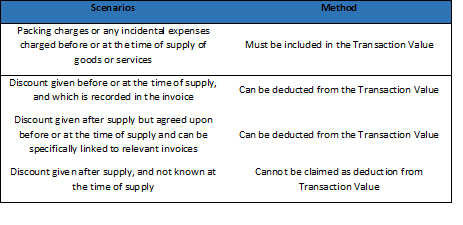
Given that the states’ combined GST tax revenue is estimated to be roughly equal to that of the Centre, a monthly GST revenue of Rs 1.55 lakh crore would meet the projections.
As the extended deadline for filing the first tax returns under the goods and services tax (GST) ended on Friday evening, taxpayers inundated the GST Network (GSTN), the technology back end. However, no official word was available on how many of the 87 lakh businesses registered on the portal filed the returns or paid taxes before the deadline.
Although it is too early to make any estimate, the tax collections under GST seem to endorse the forecast that the new tax will boost government revenues.
When just about 20 lakh of the 87 lakh taxpayers registered on the GSTN portal filed their returns and paid taxes as on Wednesday, some Rs 50,000 crore went to the total GST kitty. The Centre’s indirect tax target for the current financial year is Rs 9.26 lakh crore, which means a monthly average collection of Rs 77,200 crore.
Given that the states’ combined GST tax revenue is estimated to be roughly equal to that of the Centre, a monthly GST revenue of Rs 1.55 lakh crore would meet the projections. This doesn’t appear to be a tall order given the collection trend.
Of course, the GST collections being cited now are gross figures, without deducting the input tax credits that businesses are expected to claim and are estimated to be substantial, given the inherent nature of the new taxation system.

Till Thursday, 25 lakh taxpayers had filed their returns while an equal number had saved relevant details on the portal. GSTN officials told FE that the final numbers on the returns filed and taxes collected would be revealed by the revenue department.
The GSTN has, however, been grappling with a large number of taxpayers who are yet to complete their registration. This would prevent them from filing their return for July. The GSTN had prepared for a potential 39 lakh taxpayers to use the portal for filing tax return on Friday. This, GSTN officials said, was expected as even in the VAT regime half of the taxpayers filed returns on the last two days of the deadline.
Of the total GST amount of Rs 50,000 crore collected till Wednesday, Rs 20,000 crore had come in as integrated GST, which is levied on interstate movement of goods and imports. An amount of just over Rs 5,000 crore had been paid by assessees by way of cess on demerit goods such as cars and tobacco. The remaining Rs 25,000 crore had come in as central GST and state GST, which would be split equally between the Centre and the states.
Last Saturday, the government decided to extend the deadline for filing the interim summarised tax returns to August 25 from August 20 earlier, citing requests from taxpayers and difficulty experienced by states hit by floods.
This came after taxpayers and GST Suvidha providers — IT companies authorised to file returns on behalf of customers — complained that the GSTN system wasn’t accepting the filings.
Separately, nearly 10 lakh have registered on the portal for the composition scheme, which allows simpler compliance for businesses with an annual revenue of up to Rs 75 lakh. Of 87 lakh registered on the GSTN portal, nearly 71 lakh businesses have migrated from the earlier VAT, central excise or service tax regime, while 16 lakh are new taxpayers.
Source: Financial Express





 It led the Centre to airlift national gold reserves as a pledge to the IMF in exchange for a loan to cover balance of payment debts.
It led the Centre to airlift national gold reserves as a pledge to the IMF in exchange for a loan to cover balance of payment debts.